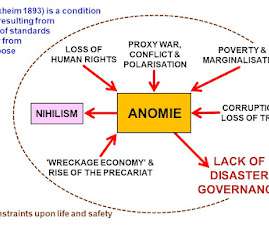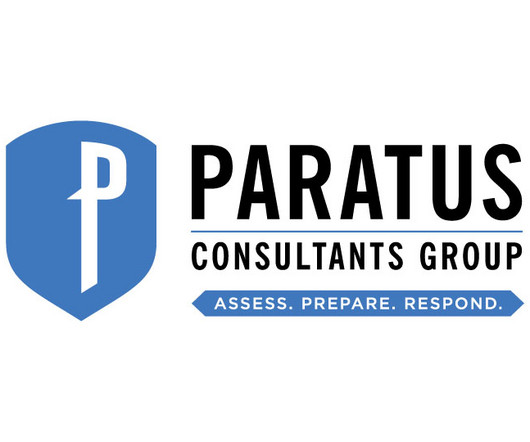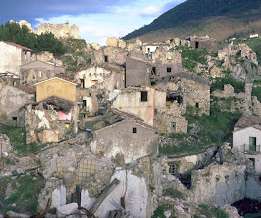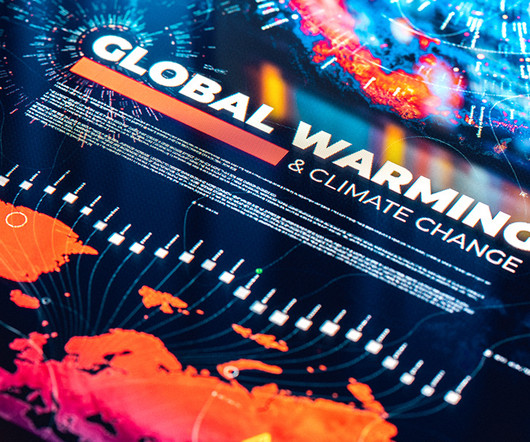COVID-19: 5 Lessons Learned in Understanding and Managing Risk
DRI Drive
APRIL 24, 2022
While we’re certainly not done with the pandemic, two years of experience has given us a great deal of insight on how we identify and manage systemic risks, as a new report illustrates. The United Nations Office for Disaster Risk Reduction (UNDRR) has released a new report that presents findings from five case studies in […].























Let's personalize your content